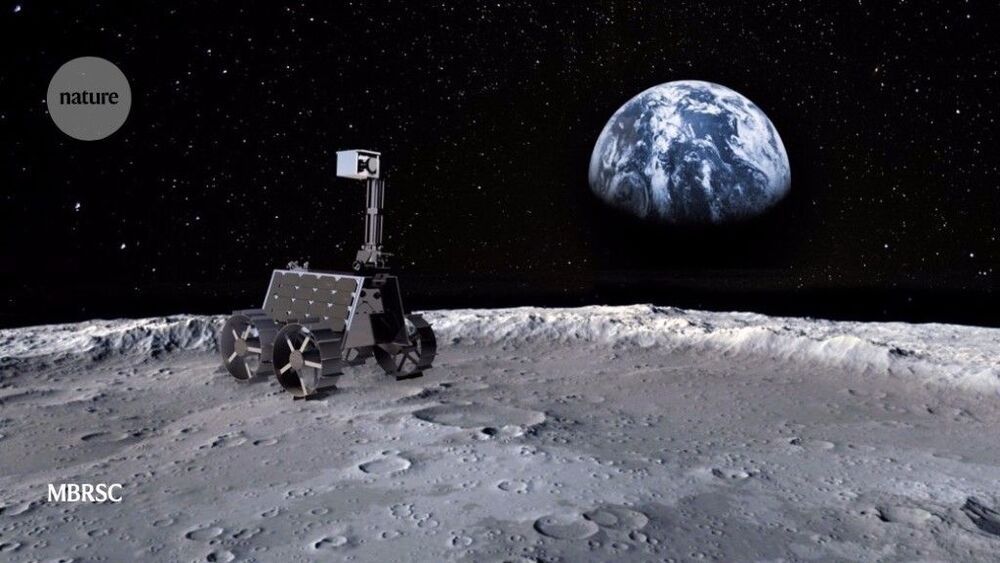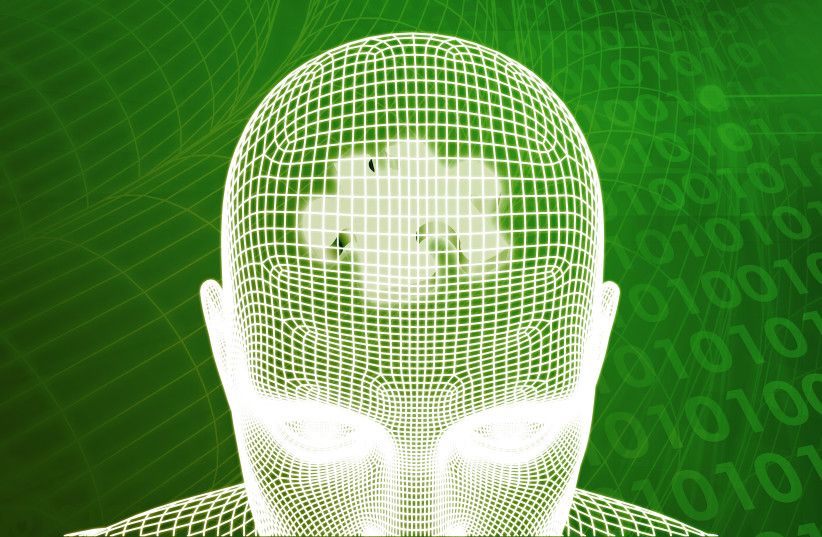Sign up for Leap™ and get a free minute of direct QC access time, which is enough to run between 400 and 4000 problems. Alternatively, get 20 minutes of free access to Leap’s quantum-classical hybrid solvers, which exploit the complementary strengths of both best-in-class classical algorithms and quantum resources.
french start-up hy-generation has unveiled a new type of electric thruster, equipped with patented self-adjusting blades that improve the performance (thrust and speed) and autonomy of ships. dubbed the electro propulsion PM5kW, this top class electric thruster has been designed essentially for OEM and electric project conversion, suitable for licenseless navigation.
developed to meet the need for expertise and engineering on technologies that profoundly change the energy landscape: fuel cells and hydrogen, hy-generation integrates the latest practices in permanent magnet electric motors with the patented self-adjustable blade system to set a new standard in terms of performance and efficiency. after two years of development, the technology has been refined to be adapted to slow, high displacement boats.
CRYSTAL BATTERIES™ Safe and Powerful Performance Crystal Batteries™ are a unique technology that overcomes conventional battery problems by having a nearly solid-state electrolyte. This allows the battery to be discharged deeper, cycle more often, has a longer lifetime and can withstand extreme temperatures. WATCH SAFETY TEST.
Using the Earth as a Battery
Posted in futurism
Circa 2019
In 1841, Alexander Bain confirmed the capacity of moist dirt in the generating of electricity. An Earth Battery is a pair of electrodes, consisting of two dissimilar metals, using moist earth as an electrolyte. To make the battery, Bain buried plates of zinc (anode) and copper (cathode) in the ground about a yard apart. It produced an output voltage of approximately 1 volt.
When you place a zinc anode and a copper cathode in a container of wet mud, the two metals start reacting, because zinc loses electrons easier than copper and because the mud contains ions. By wetting the dirt, it turns into a true electrolyte solution. Therefore, the electrodes start exchanging electrons, just like an ordinary battery does.
The United Arab Emirates (UAE) has announced plans to send a compact rover named Rashid to study the Moon in 2024, marking an intensification in the small nation’s spacefaring ambitions. If Rashid is successful, the UAE could become only the fourth country to operate a craft on the Moon’s surface, and the first in the Arab world.
With its orbiter Hope on its way to Mars, the United Arab Emirates has now set its sights on the Moon.
These findings represent a bridge in physics, AI and neuroscience, and has the potential to advance on-the-spot decision making in AI.
SpaceX and NASA have spent years working towards today’s Crew-1 mission, which is set to launch from Florida at 7:27 PM EST (4:27 PM PST). This is the first time that SpaceX’s Dragon capsule and Falcon 9 rocket will be officially used as a spacecraft certified by NASA for human flight on a regular astronaut transportation operation. NASA astronauts Mike Hopkins, Victor Glover and Shannon Walker, along with JAXA astronaut Soichi Noguchi, will also be aboard the Dragon spacecraft and, barring any weather delays, on their way to the International Space Station later Sunday night.
SpaceX has already flown people using Dragon – NASA astronauts Bob Behnken and Doug Hurley had the honor of being the first humans ever to be launched to the ISS aboard a commercial spacecraft when they took part in SpaceX’s Demo-2 mission earlier this year. That was obviously a historic achievement, but it was also technically the last stage in SpaceX’s test and demonstration program for Dragon and Falcon 9, whereas today’s Crew-1 launch no longer qualifies as a test. Think of it this way: If Demo-2 was akin to the Wright Brothers’ Kitty Hawk flight, Crew-1 will be the equivalent of the first U.S. scheduled commercial airline flight in 1914.
Crew-1 will be the first time that a full complement of astronauts are flown on Dragon (there are six total seats but NASA has said it will only ever fly a max of four of its and partner agency crew to the ISS on these flights). The astronauts will join the existing crew on the ISS for a regular tour of performing experiments, maintaining and upgrading the station, which will also see the active ISS population swell by one additional astronaut for the first time during a standard rotation, which means more science can get done according to the agency.
What happened: A SpaceX spacecraft carrying four astronauts soared into outer space Sunday — marking the kick off of what NASA hopes will be years of the company helping to keep the International Space Station fully staffed.
What’s next: The Crew Dragon is expected to dock with the International Space Station at around 11 pm ET Monday, November 16.
#emergingtech
Artificial Intelligence & Machine learning (AI/ML): The cognitive technologies AI & ML also have quite a hot measurement on the Scoville pepper scale.









